Welcome to ConductiveBio, where innovation meets compassion in our pursuit of transforming lives through groundbreaking therapeutic solutions. Our focus is developing cutting-edge treatment options for unmet medical needs, striving to redefine possibilities and bring hope to those facing challenging health conditions.
At the heart of our revolutionary approach lies our novel stem cell therapy, a game-changer in the field of regenerative medicine.
Our technology involves transplanting cells into the body on a groundbreaking conductive bioscaffold. What sets us apart is the electrical stimulation applied to these stem cells through our unique scaffold. This electrical boost activates the cells, prompting them to produce key factors that play a crucial role in the healing process. Our bioscaffold is not only flexible, transparent, and conformal to tissue but also harnesses the power of nanomaterials for unprecedented effectiveness.
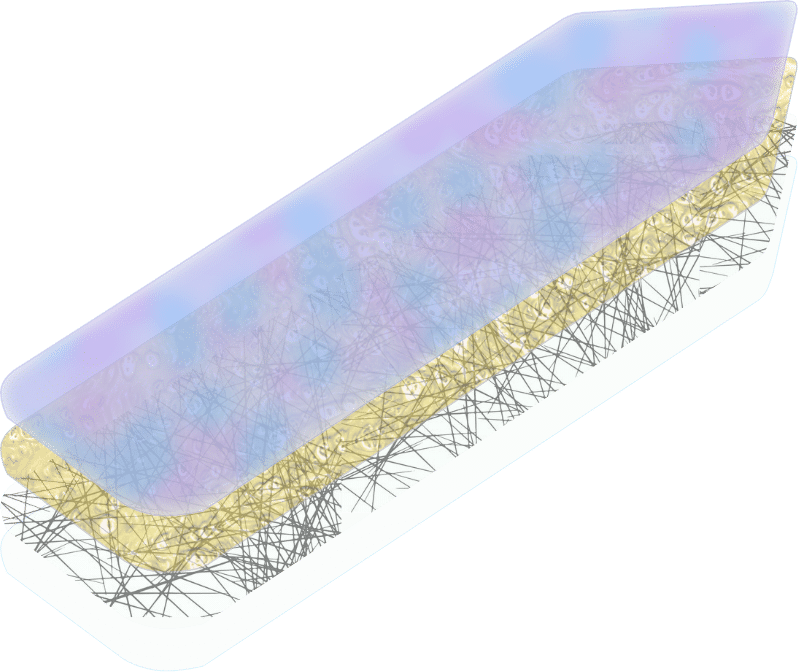
Our journey at ConductiveBio began with the invention and commercialization of the transparent conductive nanomesh—a material developed by our founders that revolutionized touch sensing applications for smartphones and tablets. This breakthrough laid the foundation for our current mission: producing the world’s highest-performing conductive bioscaffolding. Our expertise in nanotechnology, combined with a passion for transformative healthcare solutions, propels us to the forefront of medical innovation.
We understand the pressing need for advanced therapies, especially for conditions like stroke, where current medical interventions are limited to the first 24 hours post-event. ConductiveBio is at the forefront of change, developing an advanced stroke therapy that extends beyond this critical time frame, offering hope to patients in the weeks to months post-stroke—a clear and urgent unmet medical need.
At ConductiveBio, we strive to serve not just patients but entire communities by pushing the boundaries of medical innovation.
 Our commitment to making a difference doesn’t stop at stroke. The core technology behind our therapies has broader applications, ranging from neurological diseases to cardiovascular conditions. Our vision includes addressing challenges such as peripheral nerve repair, traumatic brain injury, full thickness wounds, and electrical dysfunctions of the heart.
Our commitment to making a difference doesn’t stop at stroke. The core technology behind our therapies has broader applications, ranging from neurological diseases to cardiovascular conditions. Our vision includes addressing challenges such as peripheral nerve repair, traumatic brain injury, full thickness wounds, and electrical dysfunctions of the heart.
Join us on this journey toward a healthier future, where every breakthrough we make brings us one step closer to transforming the landscape of healthcare. At ConductiveBio, we believe in the power of innovation, compassion, and the relentless pursuit of solutions that make a meaningful impact on lives.
Welcome to a future where possibilities are limitless, and hope is a driving force.
Management Team
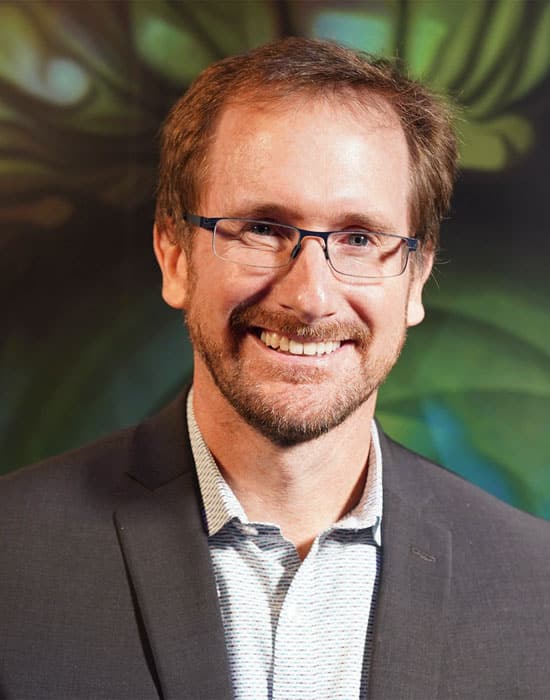
Michael Spaid
CEO & co-Founder
Former CTO/CEO of Cambrios Advanced Materials, commercialized the world’s first mass-produced nanowire-based transparent conductive materials for display applications. Director of Microfluidics Engineering at Caliper Life Sciences. Project Engineer, Corning Incorporated. NRC Post-doctoral Fellow, NIST. Holds more than 30 US patents. BS Tulane University and PhD from Stanford University in Chemical Engineering.

Michael Paukshto
CTO & co-Founder
CTO & co-Founder of ConductiveBio and Fibralign Corp., has led the development and commercialization of collagen fibrillar scaffolding technology for regenerative medicine applications. Dr. Paukshto was previously a research scientist in NSF Institute for Mechanics and Materials at UCSD and consulting professor at Stanford University. He holds more than 80 patents.

Victor Chu
Board Member
Investment Director / Entrepreneur in Residence, Integrity Capital Management, CEO and Co-Founder Ampos Solutions, Inc., CEO and Co-Founder of Social Octopus , MBA Harvard Business School.
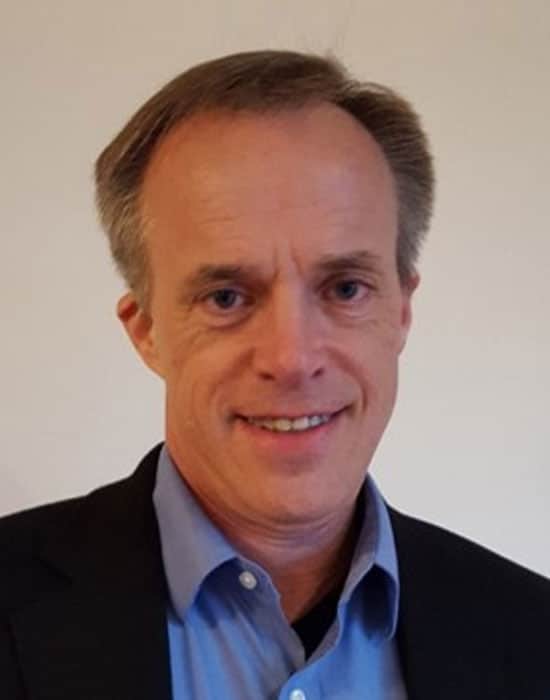
Greg King
Board Member
CEO/President of Fibralign Corp. 20 years leadership experience in early stage tech startups (Optiva, Wostec, Cryscade, Ribtan, etc) in advanced materials, scaling operations, program management, building teams; earlier management roles with Xerox, including PARC spin-out dpiX.
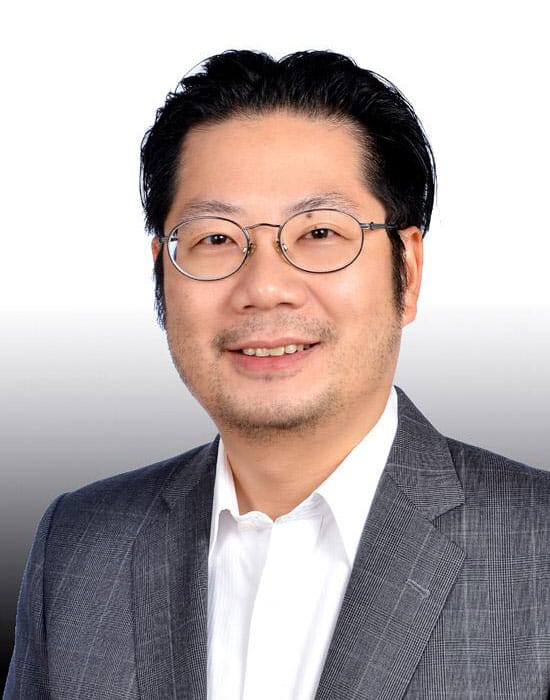
Gary Chang
Board Member
Portfolio Manager at Integrity Capital Management, former Risk Analyst at Goldman Sachs and Risk Manager at Prelude Capital Gary received dual Bachelor of Science degrees in Biomedical Engineering and Economics from the Wharton School of the University of Pennsylvania.
Scientific Advisors and Consultants
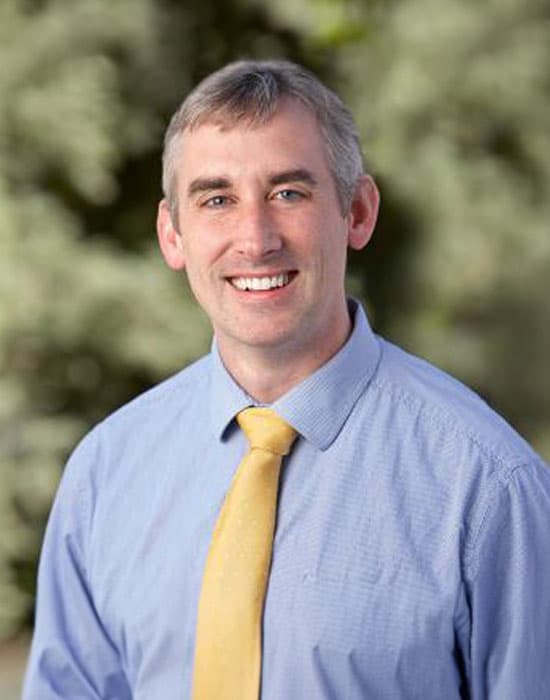
Paul George
Consultant
Assistant Professor Department of Neurology & Neurological Sciences, Stanford University, BSE Tulane University, and subsequent masters at Johns Hopkins in biomedical engineering. PhD in Medical and Electrical Engineering in Dr. Robert Langer’s lab at MIT and his MD from Harvard. His main focus is working with physicians, neuroscientists, and engineers to improve the care of stroke patients and neural recovery through his lab’s research as well as his clinical service.

Shinn-Zong Lin
Scientific Advisor
Superintendent, Hualien Tzu Chi Hospital, and Professor of Neurosurgery, Tzu Chi University, Taiwan. MD education at National Defense Medical Center, Taipei, Taiwan. PhD training at Dept. Physiology and Biophysics, and Dept. Neurological Surgery, SUNY Stony Brook. Broad expertise in neuroscience, neurosurgery, and stem cell therapies.
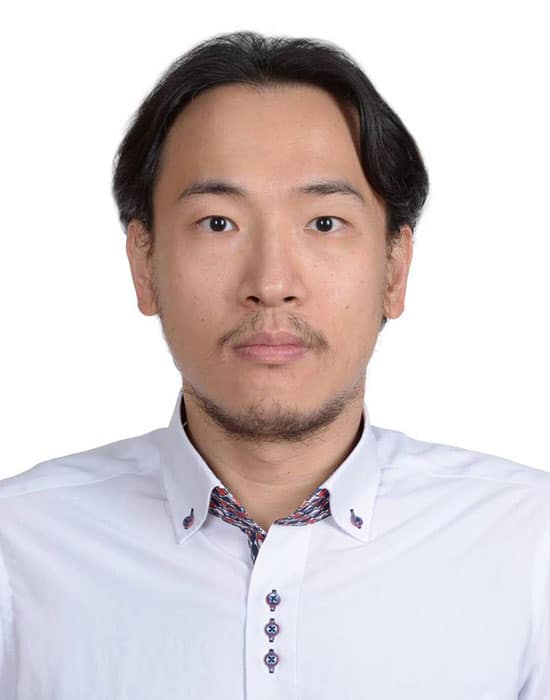
Chia-Yu Chang
Scientific Advisor
Chief Technical Officer, Tzu Chi Medical Foundation Innovation and Development Center. PhD and Postdoctoral training at National Chung Hsing University. Broad expertise in stem cells and neuroscience: iPSCs, NSCs, neurons, neuroglial cells.
IP
ConductiveBio has built a strong patent portfolio through the combination of in-house inventions and in-licensed IP. The company has exclusively licensed the entire metal nanowire patent portfolio of Cambrios Film Solutions for medical applications, consisting of more than 300 issued patents worldwide. In addition, ConductiveBio has secured exclusive access to the combination therapy IP originating from the lab of Dr. Paul George at Stanford University.
Partners







